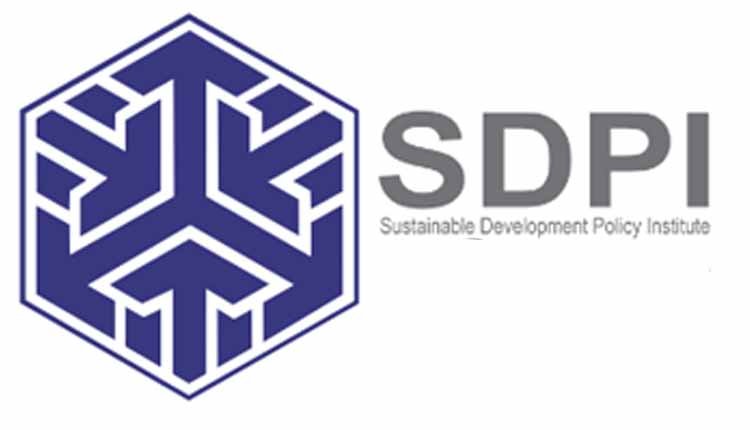Experts call for leveraging waste to energy for decarbonization of cement sector and industries.
ISLAMABAD: Decarbonization of cement sector and other industries requires strengthening of the regulatory and policy ecosystem, innovative technologies to replace carbon-intensive cement and reliable and affordable alternate energy sources like waste to energy to offset carbon emissions from cement supply chain. These were the recommendations stressed by experts at a special guest lecture on “Charting the course of Decarbonization Driver’s on Pakistan’s Cement Industry” with Ahsan Anis, Chief Operating Officer, of Power Cement Limited. The event was jointly organized by Sustainable Development Policy Institute (SDPI) and Policy Research Institute for Equitable Development (PRIED).
Speaking at the session, Ahsan Anis, Chief Operating Officer, of Power Cement Limited apprised about the decarbonization initiatives being taken by Power Cement including a FLSmidth plant with 7700 tonnes/day production capacity since 2020 to increase efficiency, investment in solar, wind, and waste-to-energy power generation for sustainable, clean and affordable energy supply. He stressed that the country has immense energy generation potential from agriculture and general waste but ends up being dumped in landfills or burned due to weak segregation mechanisms at source, lack of awareness, technological backwardness and lack of political will and incentives for private sector to encourage energy generation.
Dr Vaqar Ahmed, Joint Executive Director, SDPI stressed strengthening regulatory and policy support mechanisms to facilitate decarbonization in not just cement but other sectors producing the construction materials, and industrial input. Achieving this transformation necessitates coordination of stakeholders throughout the value chain to formulate an inclusive roadmap for potential pathways and strategic plans and policies, he added. The medium-term development framework emphasizes environmental sustainability and protection and provincial governments steering industrial decarbonization action.
Highlighting the barriers hindering cement sector’s decarbonization Dr Ankita Gangotra, Associate Industrial Innovation, Climate Program at World Resources Institute emphasized on creating awareness on clinker substitution, establishing performance standards to steer decarbonization of cement sector. She urged for strengthening policies for promotion of carbon capture and storage technologies among other novel solutions to attract investment and international financing opportunities.
Sunil Dahiya, energy analyst at Centre for Research on Energy and Clean Air (CREA) remarked that lack of clarity on long-term expansion pathways for decarbonization hinder sustainable progress. He urged that governments must demonstrate political commitment by prioritizing consumption of low-carbon, construction in PSDP infrastructure projects and aligning public procurement with responsible consumption principles.
Engr. Ahad Nazir, Head Centre for Private Sector Engagement, SDPI, called for backing policy recommendations with strong economic case, increasing consumer awareness to steer responsible consumption, encouraging responsible investments to strengthen the transition. Producers must lead by example by ensuring decarbonization of their supply chains, he added.
Dr Fahim Khokhar from NUST emphasized on the role of academia-industry ties for decarbonization and carbon capture technologies, diversifying supply-chain for low-carbon products and promoting agricultural waste-to-energy for cleaner air and emission reduction.
Ms. Saleha Qureshi, Research Associate at SDPI- highlighted that Under its clean energy transition program, SDPI is conducting a study on the “Decarbonization potential in the cement sector of Pakistan.” The study explores decarbonization strategies for Pakistan’s cement industry, including Energy Efficiency, Fuel Switching, Clinker Substitution, RE-integration, and Carbon Capture and Storage technologies. Through engagement with cement industries, several challenges have been identified, such as cost-related issues with RDF & TDF, obstacles in manufacturing low-carbon cements, political and tariff uncertainties hindering renewable projects, lack of consumer demand and regulatory incentives, limited foreign investment and reliance on family businesses, power wheeling challenges, and absence of a viable business case. Aligning with NDC targets seems feasible, yet attaining net-zero is a complex challenge for cement sector.


